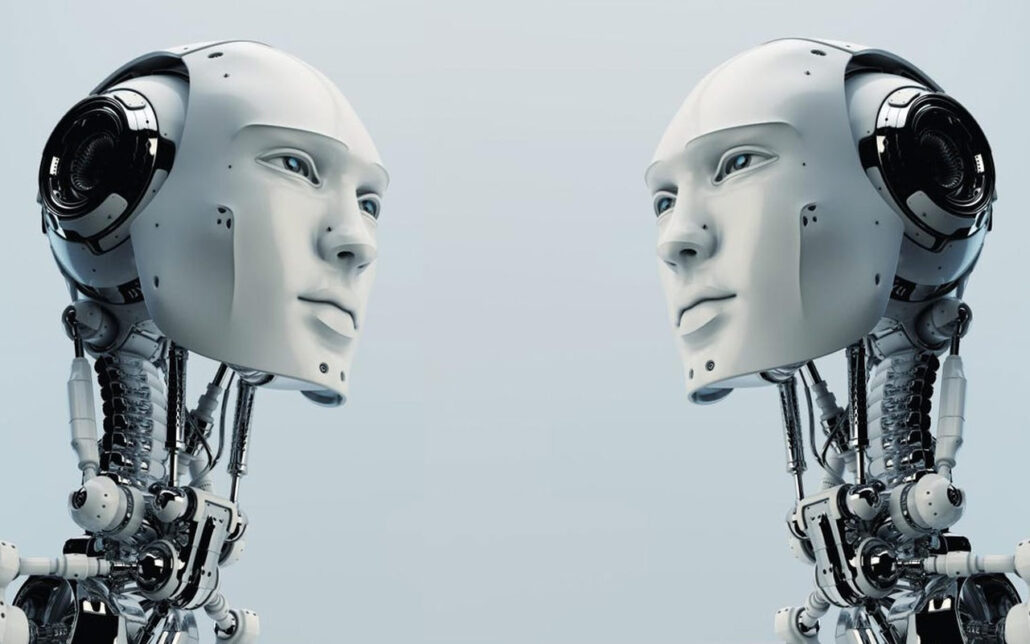It was 1832 when a creative artist started drawing some lines and shapes in a second-hand book and after opening the book, a little cute ball was moving back and forth on pages! This is the story of animation. Some animators hate the future of the 3D animation industry due to rapid technological advancements and changing market dynamics. Key issues include the increasing use of AI and automation in animation processes, which some fear may reduce the need for traditional artistic skills and potentially lead to job displacement.
In the following paragraphs, we are going to introduce future trends in the 3D animation industry.

Need 3D Animation Services?
Visit our 3D Animation Service page to see how we can help bring your ideas to life!
3D animation as it is
Future of 3D animation industry: trends
The ubiquity of 3D animations
Using cloud services
Applying machine learning
Interacting with AI

Combining 2D and 3D
Branding with Animation
Gen Xers are the biggest users of social media and spend a considerable amount of time on Instagram, Twitter, TikTok, and so on. Many brands hire animators or motion graphics experts to make enticing short videos for their brands with the aim of storytelling and brand awareness. Branding with 3D animation expands the brand capability to engage more users and build a bigger fan base. It also lets content managers create a more diverse content calendar and publish a set of 3D to 2D animations according to the marketing funnel stages of a brand.
VR role in the future of the 3D animation industry
Why is the future of 3D animation scary for some animators?
In Conclusion
FAQs
Will 3D animation jobs disappear because of automation?
Not entirely, but many entry-level or routine tasks are at risk, shifting demand toward more specialized & creative roles.
How does real-time rendering threaten traditional workflows?
It speeds up feedback & cuts render times, reducing need for long rendering pipelines, but also pressures quality & infrastructure.
Are animators losing artistic control?
Some feel so. AI and automation tools may reduce hands-on work, impart generic styles, and limit creative nuance.
What about the cost and access to new tools & software?
Advanced tools, motion-capture, VR/AR hardware, high-end render farms are pricey. Smaller studios & freelancers can struggle.
Is competition increasing in the 3D animation industry?
Yes. Lower entry barriers & global talent pools increase competition. Also expectations rise as tools become more powerful.
Can outsourcing hurt local animator jobs?
Absolutely. Outsourcing and cheaper labor markets make it harder for animators in high-wage regions to compete.
Is there a loss of diversity in creative styles because of tech trends?
Some fear stylization & uniqueness may be sacrificed for speed, consistency, or mass-produced generic styles.
How can animators adapt so they aren’t left behind?
By learning new tools, specializing in creative/complex tasks, staying updated on trends (VR/AR, AI tools), building strong portfolios.
Will traditional animation or hand-crafted 3D remain relevant?
Many believe yes, there will still be demand for unique, hand-crafted work, stylized or artistic approach beyond big-budget automation.
Does faster technology produce burnout or reduce satisfaction?
Often yes. More pressure to deliver faster, with shorter deadlines & higher quality, can lead to stress and burnout.
What role will ethics & ownership play with AI in the future?
Big questions: Who owns AI-trained art? Consent for datasets? Fair compensation for artists whose work informs AI?









